BLOG
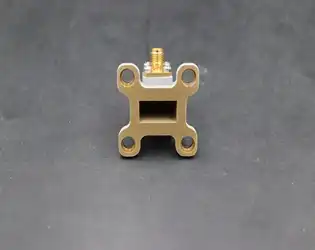
What are the common connector types for Right Angle Waveguide To Coaxial Adapter?
February 21, 2025
Right Angle Waveguide To Coaxial Adapters are crucial components in microwave systems, serving as the bridge between rectangular waveguide transmission lines and coaxial cables. These adapters facilitate the transition of electromagnetic waves between the two different transmission media while maintaining signal integrity at a 90-degree angle. When selecting the appropriate Right Angle Waveguide To Coaxial Adapter for your application, understanding the various connector types is essential for ensuring optimal performance and compatibility. The most common connector types include SMA, Type-N, TNC, 2.92mm/3.5mm/2.4mm (K/Ka-band connectors), and waveguide flanges such as UG, CMR, and CPR styles. Each connector type offers specific frequency ranges, power handling capabilities, and mechanical characteristics that make them suitable for different applications across telecommunications, radar systems, satellite communications, and defense.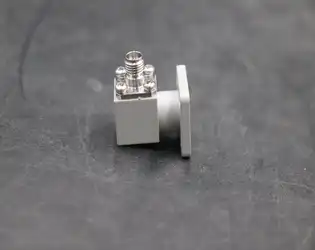
February 21, 2025
The structure of a Circular Waveguide To Coaxial Adapter significantly influences its signal conversion efficiency through several critical design elements. These adapters serve as essential interface components between circular waveguide systems and coaxial transmission lines, with their internal geometry directly affecting impedance matching, mode conversion, and signal integrity. A well-designed adapter features optimized probe dimensions, precise positioning, and carefully calculated cavity structures to minimize reflection and maximize power transfer. The transition region's taper profile, impedance transformation sections, and electromagnetic field distribution management collectively determine conversion efficiency. Advanced Microwave Technologies' adapters achieve exceptional performance with VSWR as low as 1.15:1 by implementing precision engineering that balances these structural factors to ensure minimal signal degradation across diverse frequency ranges..webp)
What are the typical applications of Waveguide Fixed Attenuator?
February 21, 2025
Waveguide Fixed Attenuators are essential components in high-frequency radio frequency (RF) and microwave systems, designed to precisely reduce signal strength while maintaining signal integrity. These precision-engineered devices provide consistent attenuation across specified frequency ranges, making them invaluable in applications requiring controlled signal reduction. Waveguide Fixed Attenuators are particularly crucial in satellite communications, radar systems, telecommunications infrastructure, and advanced microwave testing environments where signal power management directly impacts system performance and reliability.
How do you maintain a Slotted Waveguide Array Antenna?
February 20, 2025
Maintaining a Slotted Waveguide Array Antenna is crucial for ensuring optimal performance and longevity in satellite communication systems. These sophisticated antenna systems, which consist of carefully designed slots cut into waveguide walls, require regular attention and precise maintenance procedures to maintain their efficiency and reliability. Understanding proper maintenance techniques can significantly extend the antenna's lifespan while preserving its critical performance characteristics such as gain, bandwidth, and radiation pattern accuracy.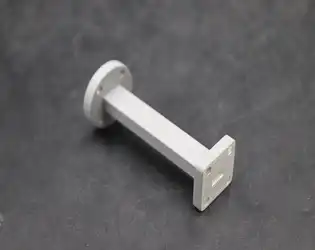
Why use a Rectangular Straight Waveguide instead of other types?
February 20, 2025
In the realm of microwave and RF engineering, the choice of transmission line technology plays a crucial role in system performance. Rectangular Straight Waveguides have emerged as a preferred solution for many high-frequency applications, offering unique advantages over alternative transmission methods. These waveguides provide superior power handling capabilities, minimal signal loss at high frequencies, and excellent electromagnetic shielding characteristics. The rectangular geometry, in particular, offers simplified manufacturing processes and better mode control compared to circular or other waveguide configurations, making it an optimal choice for numerous microwave applications.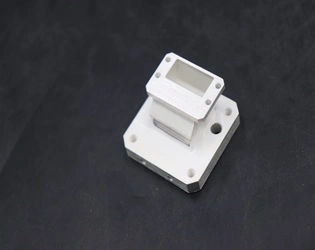
Why is the E bend used in waveguides instead of other types of bends?
February 20, 2025
In the intricate world of microwave engineering, the choice of waveguide components plays a crucial role in system performance. One particularly significant component is the E bend, which has become the preferred choice for many applications in waveguide systems. The fundamental reason for choosing E bends over other types lies in their superior electromagnetic performance and practical advantages in wave propagation. Waveguide E Bends are specifically designed to maintain the electric field orientation while guiding electromagnetic waves around corners with minimal losses and distortion. This characteristic makes them invaluable in complex microwave systems where signal integrity is paramount.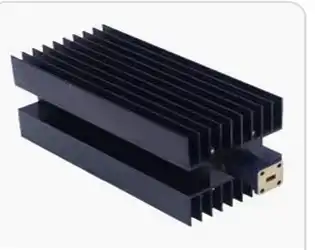
In high-frequency circuits, what factors will affect the performance of the Active Limiter?
February 20, 2025
Understanding the performance factors of Active Limiters in high-frequency circuits is crucial for optimal system design and protection. These sophisticated electronic components play a vital role in safeguarding sensitive RF and microwave circuits from potentially damaging high-power signals. The performance of an Active Limiter is influenced by multiple critical factors, including circuit topology, semiconductor characteristics, bias conditions, and operating frequency range. These factors collectively determine the limiter's ability to provide fast response times, maintain low insertion loss during normal operation, and effectively protect downstream components during high-power events.
Can a Waveguide Transition be used to connect different types of waveguides?
February 20, 2025
In the rapidly evolving field of microwave technology, waveguide transitions play a crucial role in connecting different types of waveguides effectively. These specialized components serve as essential interfaces that enable seamless electromagnetic wave propagation between dissimilar waveguide structures. Understanding the capabilities and applications of waveguide transitions is fundamental for engineers and technicians working in RF and microwave systems.




